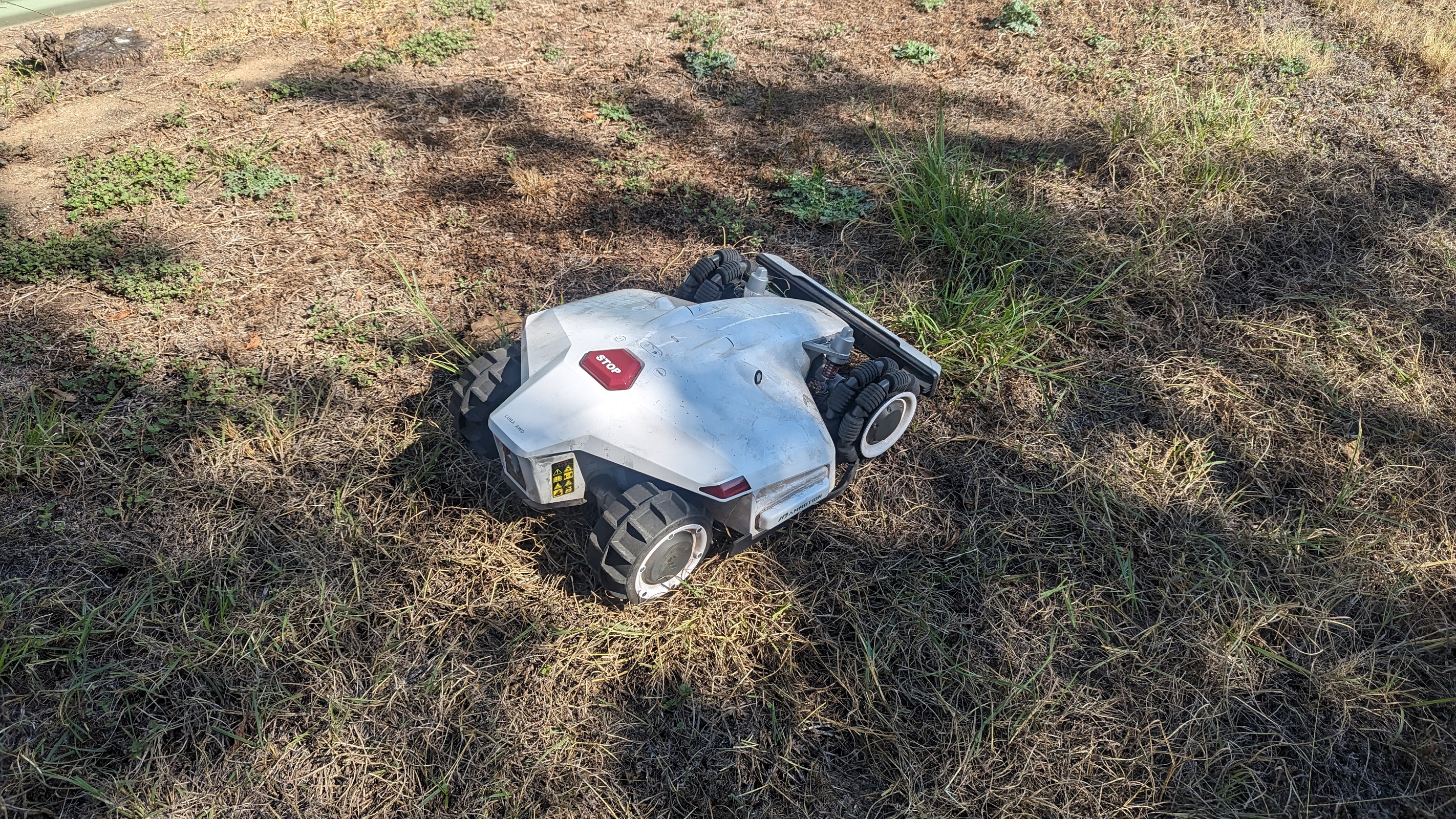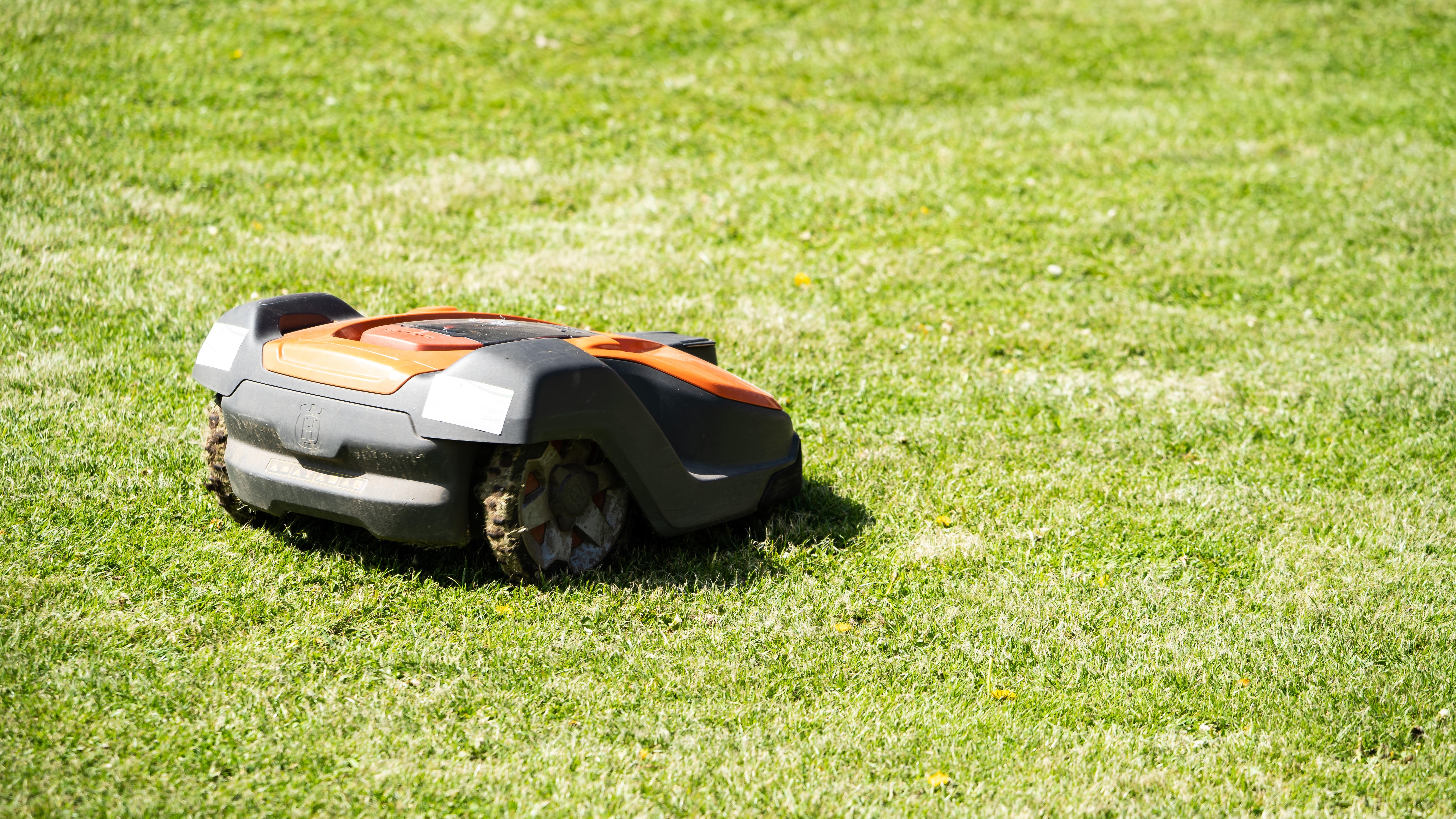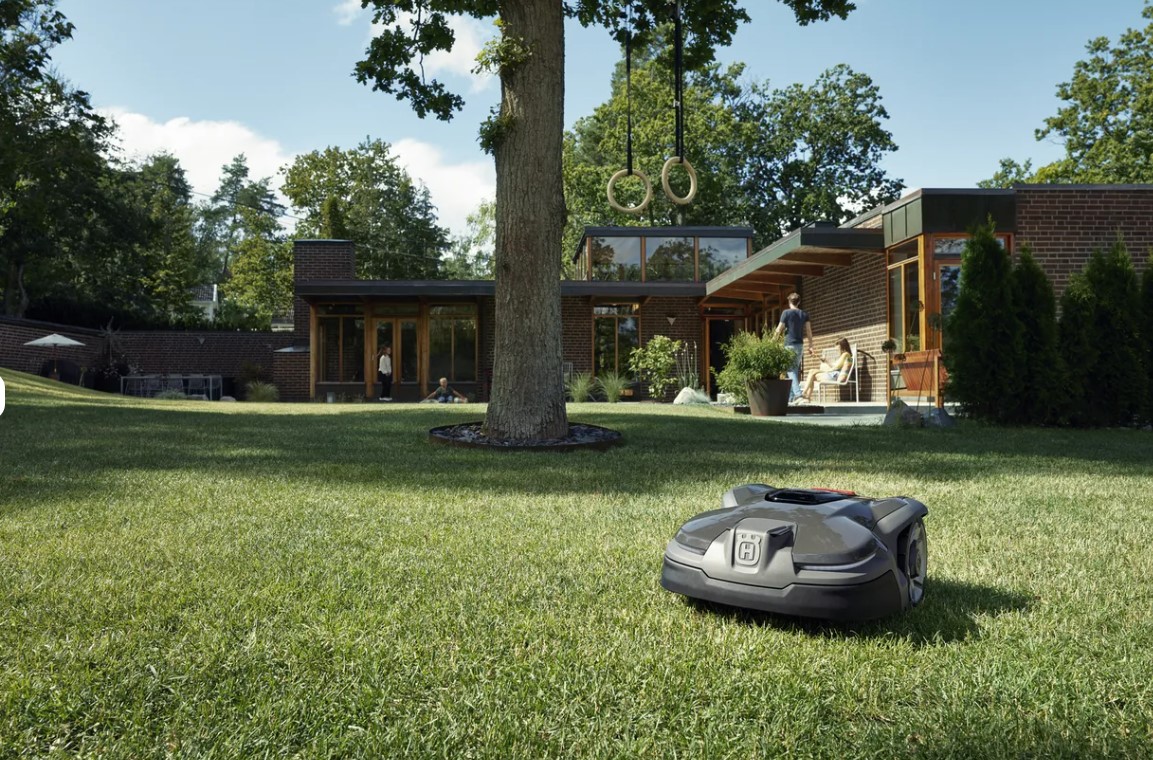How do robot lawn mowers work? Experts explain
Everything you need to know about how robot lawn mowers work

Robot lawn mowers are well prepared and equipped for helping make lawn care much easier. Not only that, they often make your lawn look better as well. From taking the hassle out of mowing all the time, to giving your lawn that professionally manicured look, there are many reasons to consider when looking to buy one of the best robot lawn mowers available. In fact, they might be ready to replace the best lawn mowers as demand grows and we weigh up a robot vs push lawn mower.
There’s a lot that goes into these little (big) gadgets and all the features they’re packing can make them quite complicated. It’s important to know a bit about how they work so as you’re trying to decide which one to buy, you’ll have a better idea of what to look for.
So, exactly how do robot lawn mowers work? We’ve put together a brief guide on the basics of how these little bots work and even talked to expert.
How do robot lawn mowers work?
Cut little and often
One of the first things to know before you buy a robot lawn mower is how exactly they cut the grass. For starters, unlike the traditional push mowers, robot mowers are designed to cut the grass almost every day — especially in the spring and summer time when the grass is growing much faster. This means the grass is usually much shorter when it’s cutting so the blades don’t need to be as large as on a push mower.
When it is time to cut the grass, the mower will undock from its ‘home’ (more on that later) and will make its way back and forth across the grass, spinning its little blades, until it’s done. Unlike traditional push mowers, the blades on a robot mower are much smaller and might even be arranged differently than on a push mower, but again, they’re designed to make microscopic cuts to the grass every day so they don’t need to be as large.
Kody Ketterling, a landscaping, lawn and garden expert, and Founder and Creator at K-IT products says: "[Robot mowers] only cut about 1/16th of an inch each time as they are always cutting on the property."
Many robot mowers, particularly the more expensive ones with more features, sometimes even have different cutting ‘modes’ you can use. Aside from the basic setting that just mows the lawn, you could have the option to spot cut certain areas of the yard that might grow faster than others and the more advanced robot lawn mowers use GPS to map out your lawn and calculate a path based on the layout of your yard.
Sign up to receive the latest news, reviews, buying guides and deals direct to your inbox

Kody J. Ketterling has run his own landscaping maintenance business for more than a decade and is an expert in lawn care and maintenance, water conservation, gardening, water features and landscape design.
No grass collection
If you’ve seen many robot mowers around, you might notice that most of them don’t have a bag attached to them like push mowers often do. That’s because robot mowers don’t collect and bag the grass like you might expect when using a push mower. As mentioned earlier, robot mowers work by cutting very small bits off the grass every day, pieces so small that it’s not worth bagging them. In fact, leaving these little bits of grass on the lawn is actually healthy for the grass. So not only are you having to do less work, but you’re actually taking better care of your lawn in the process.

Boundary wire and / or GPS?
You might be wondering how robot mowers know where to go around your yard. For the most part, robot mowers work in tandem with a boundary wire planted around the border of your yard when it’s installed (depending on how complex this process is, you might want to consider professional installation of the boundary fence). This process is actually quite similar to how many robot vacuum cleaners work. They have the advantage of having physical walls to guide them, however.
Bryan Clayton, Co-Founder of landscaping firm GreenPal says: "This wire tells the robot where its boundaries are, like invisible fences for dogs. Without this, your robot's just going to wander off and mow down the neighborhood."
Kody says: "The guide wire is very important and a lot of people do not realize how much guidewire and how to set up it so the mower can run properly. The guide wire needs to be buried and it has to go along the edge and through any area that you need to cover."

Bryan Clayton is a successful entrepreneur and co-founder of GreenPal, an online platform that connects homeowners with local lawn care professionals.
Robot mowers also have a GPS receiver built in that allows them to navigate much more precisely around the yard. This can help them determine what areas of the grass have already been mowed and which still need attention. This also helps prevent unscrupulous types from trying to run off with your mower as it can be instantly located using GPS.
Some of the more recent mowers are starting to use cameras and artificial intelligence (AI) to navigate around the lawn without having to rely on GPS, but that’s still pretty uncommon.
They'll only mow where you want to go
Almost every yard is going to have at least two or three different sections that need trimming, and there are a couple of different ways robot mowers can tackle this.
This first is with the boundary wire you lay during installation.
Bryan tells us: "They handle different zones in the yard by following the layout you've set with that wire, so they know where to mow and where not to step, so to speak."
If you have multiple sections, you could simply bury the wire under the barrier between sections. For instance, if you have a dirt or gravel walkway or driveway separating them, you could simply bury the boundary wire underneath it and the robot mower will cross over it just fine. Keep in mind you might need additional boundary wire to cover all the different zones you have.
Some robot mowers, like many of Automowers from Husqvarna, allow you to set zones within the app. Much like on a robot vacuum, the mower can be told which zones to mow and will even return to the dock to recharge in between zones (more on charging below). Pro tip: if you can, set the charging station in between your zones so the mower doesn’t have to spend as much battery recharging between zones.
Lastly, some mowers will even let you drive them from within the app as well. That way, when you need to move to a new section of the lawn, you can simply drive it to where you need it and tell it to start mowing again.
Obstacle avoidance and sensors
If you’re anything like me — an overtired dad with two young kids — it’s likely you’ll have things strewn across your yard from time to time, or most of the time. The good news is that, much like robot vacuums, robot mowers can also quite easily avoid any obstacles that might be littering your lawn. These sensors built into the front of the mower tell it when it’s about to hit something and it will simply stop and change direction.
But that doesn't necessarily mean you don't have to do anything. Kody says: "You always have to have the yard cleaned up and nothing left out as the mower will go around them until they are moved or picked up. This means your dog mess also needs to be cleaned or you are going to get the dog mess all over your mower and at times it will go around them. So, the yard must be kept clean daily."
Buying Guides
Best cordless lawn mower: top battery-powered lawn mowers to tackle your yard
Reviews
Worx Landroid S WR165 review: an intermediate-level robot lawn mower
STIHL RM 655 VS Lawn Mower review: a premium gas lawn mower which is a cut above the rest
DeWALT DCMWSP244U2 Cordless Self-Propelled Mower review: an efficient, long-lasting tool
Dewalt DCMWP600X2 60V MAX Cordless Push Mower review: lightweight yet powerful
Husqvarna Automower 450XH review: a fantastic, if flawed, lawn buddy
Mammotion Luba 2 AWD 5000 review: a tech-heavy robot lawn mower for large yards
Segway Navimow i105N robot lawn mower review: smarter, simpler, superior?
Since these mowers have sharp blades underneath, many manufacturers have implemented an extra layer of protection here in that when it detects a living object like a tiny human or a pet, it will actually stop and immediately turn off the blades as well so no human — or animal — gets hurt.
In addition to obstacles, some robot mowers can also detect inclement weather and will return to the dock to avoid damage.

Returning to base for a charge
Robot mowers all run on batteries, so they need to be recharged. Thankfully, this really requires no effort on your part, once you set up the charging station of course. When installing your robot mower, either the professional installer will take care of it, or the manufacturer will provide instructions on how and where to install it.
Once setup is complete, the mower will intelligently return back to the charging station when it’s low on battery, even if it’s in the middle of mowing. If it hasn’t finished cutting the lawn, it will pick back up from where it stopped once it’s recharged.
The mower either uses built-in sensors to find its way back to the charging station, or it will simply follow the boundary wires back.
Much like robot vacuums have worked their way around our living rooms, robot lawn mowers use sensors and a whole lot of smarts to help keep our lawns green and healthy all year round. And the best part is, we don’t have to do anything.

Jason, an experienced freelance writer and tech reviewer, now explores reviewing pizza ovens and lawn mowers for Top Ten Reviews alongside his smartphone expertise. With a background in filmmaking and technology, he has contributed to major tech platforms and enjoys spending time with his family, tending to his garden, and woodworking.
